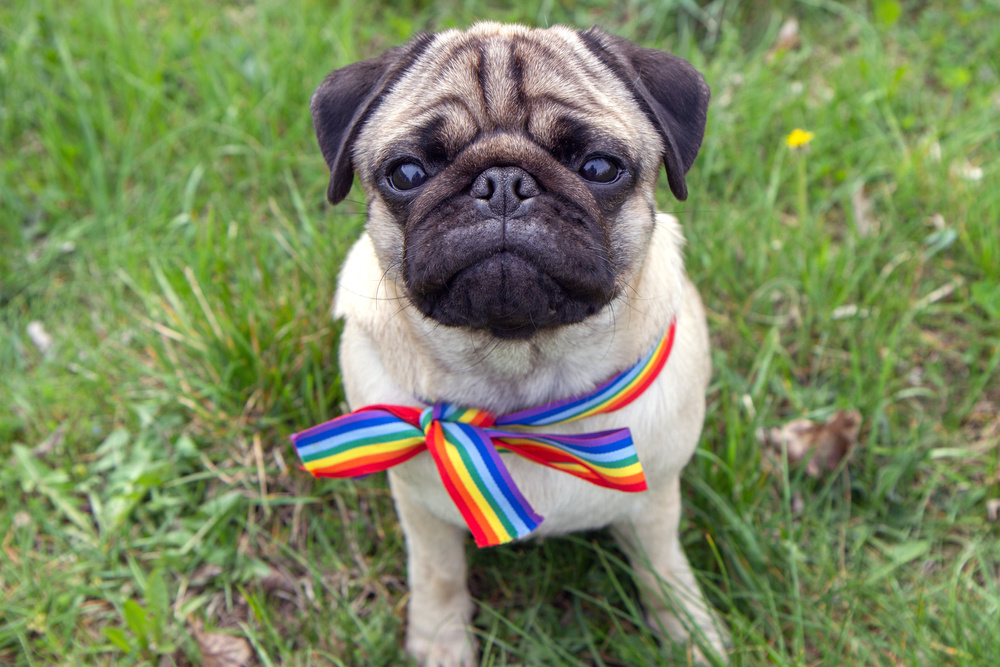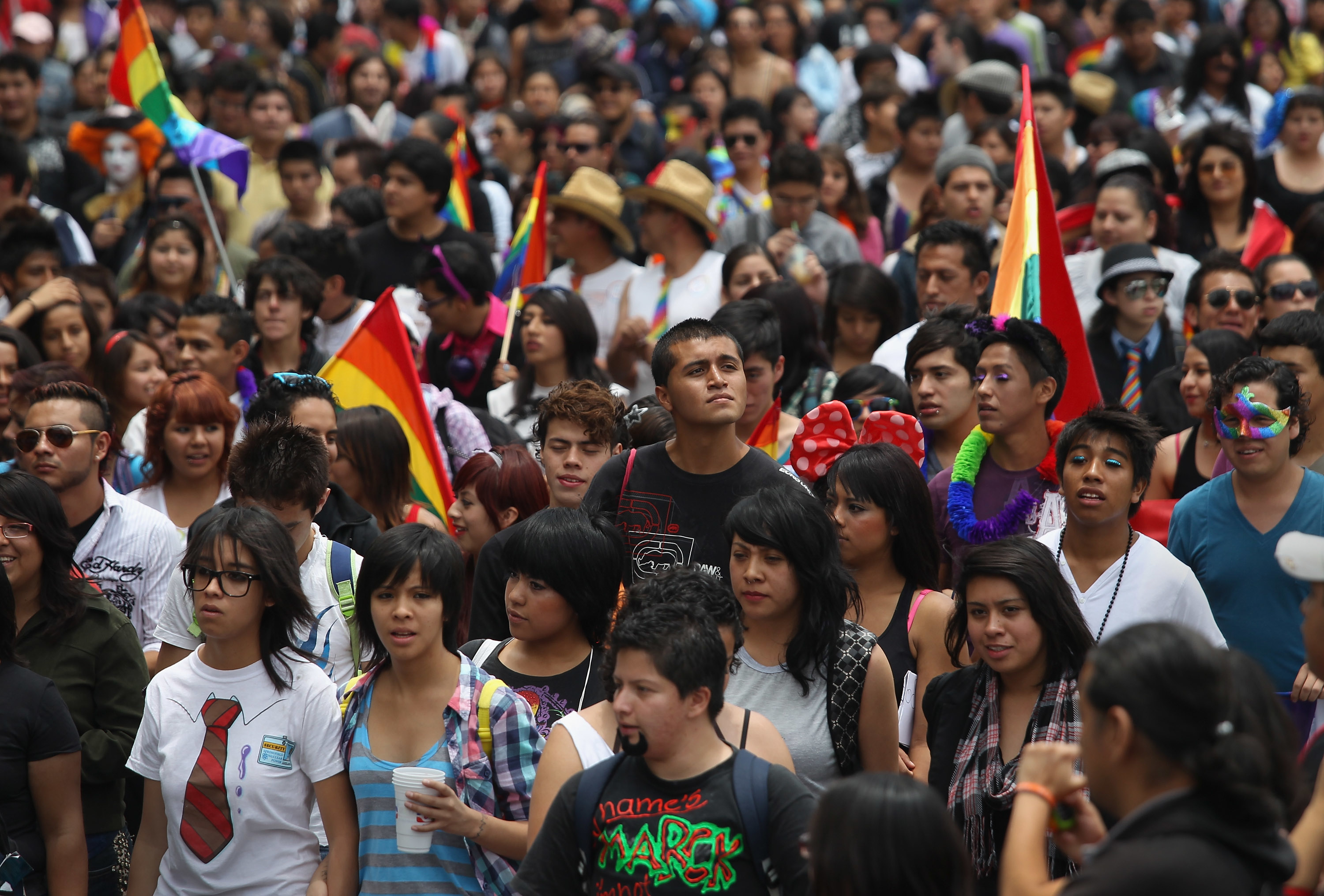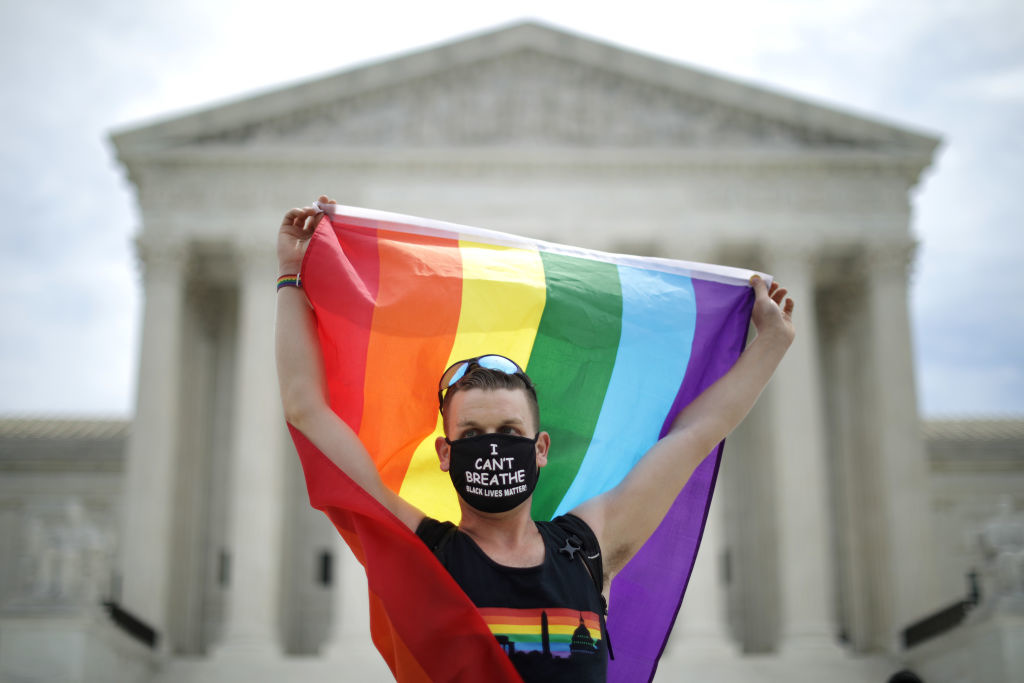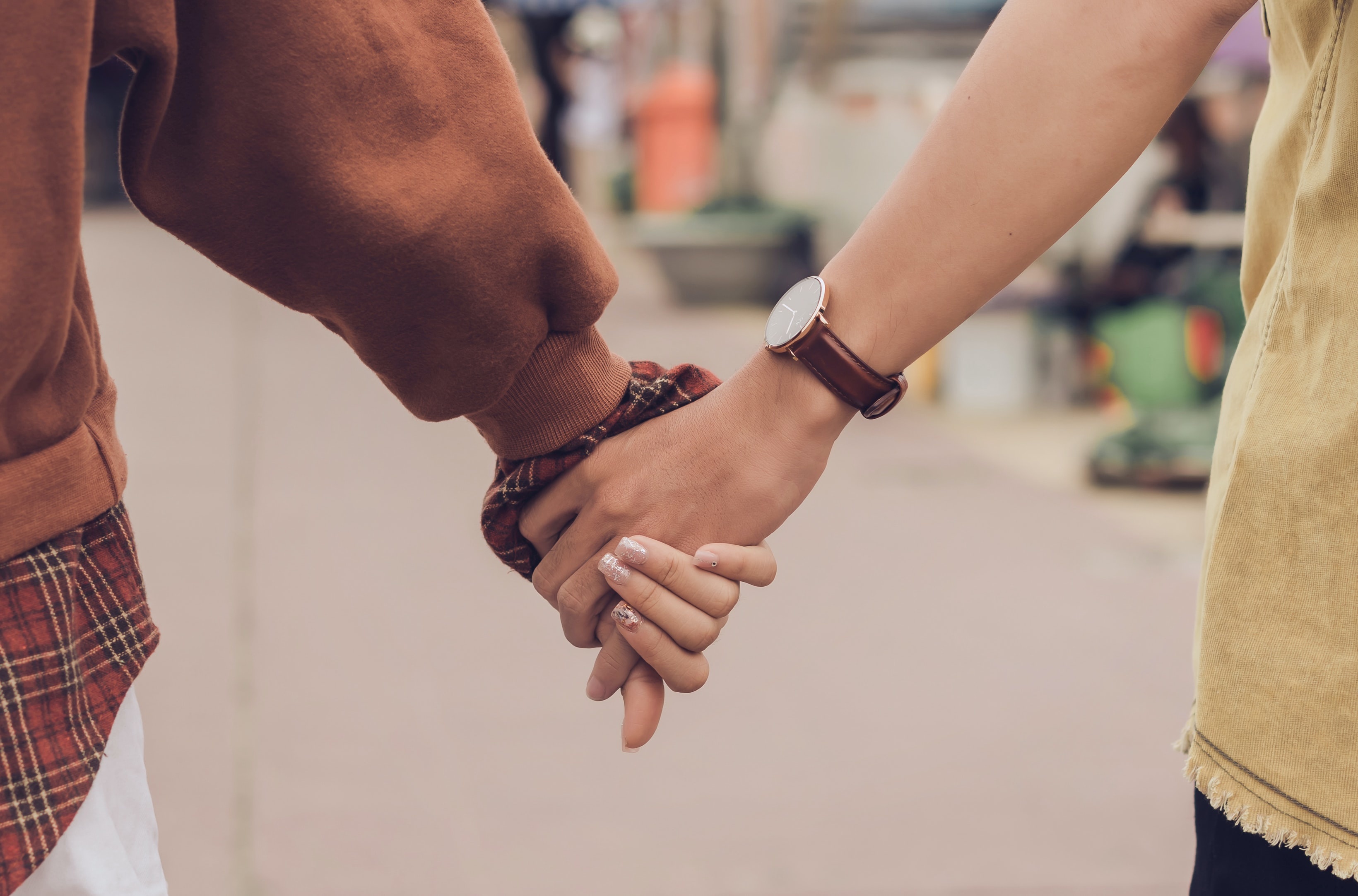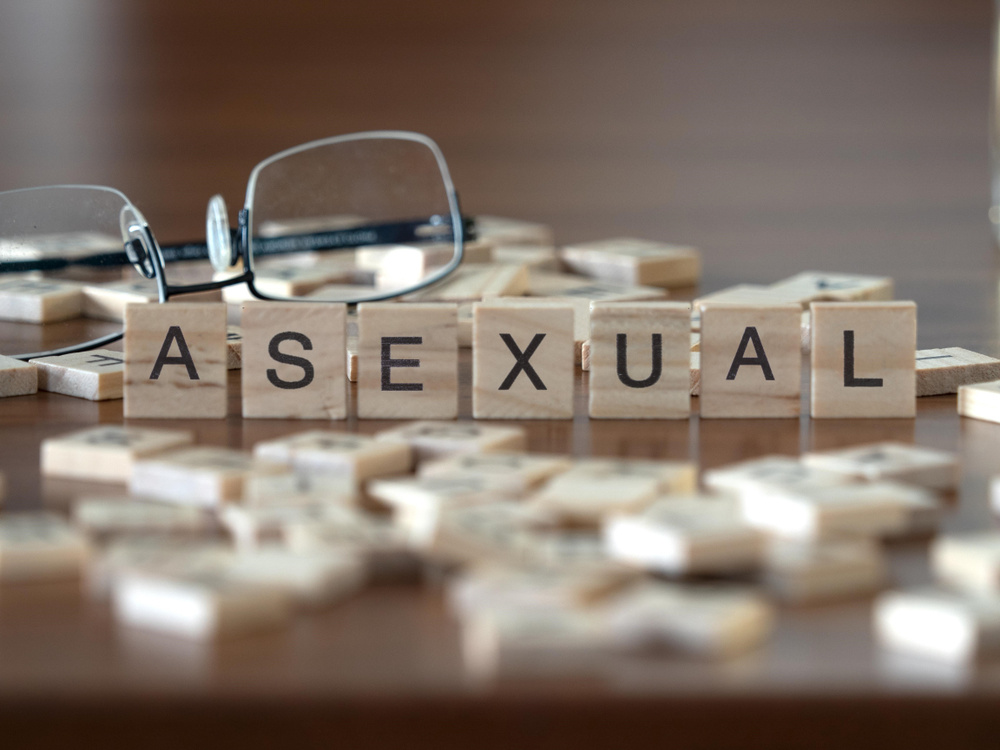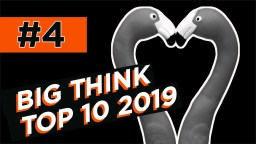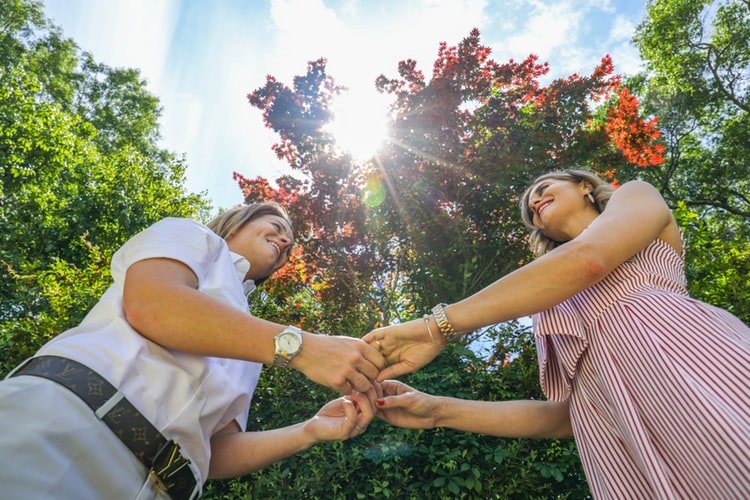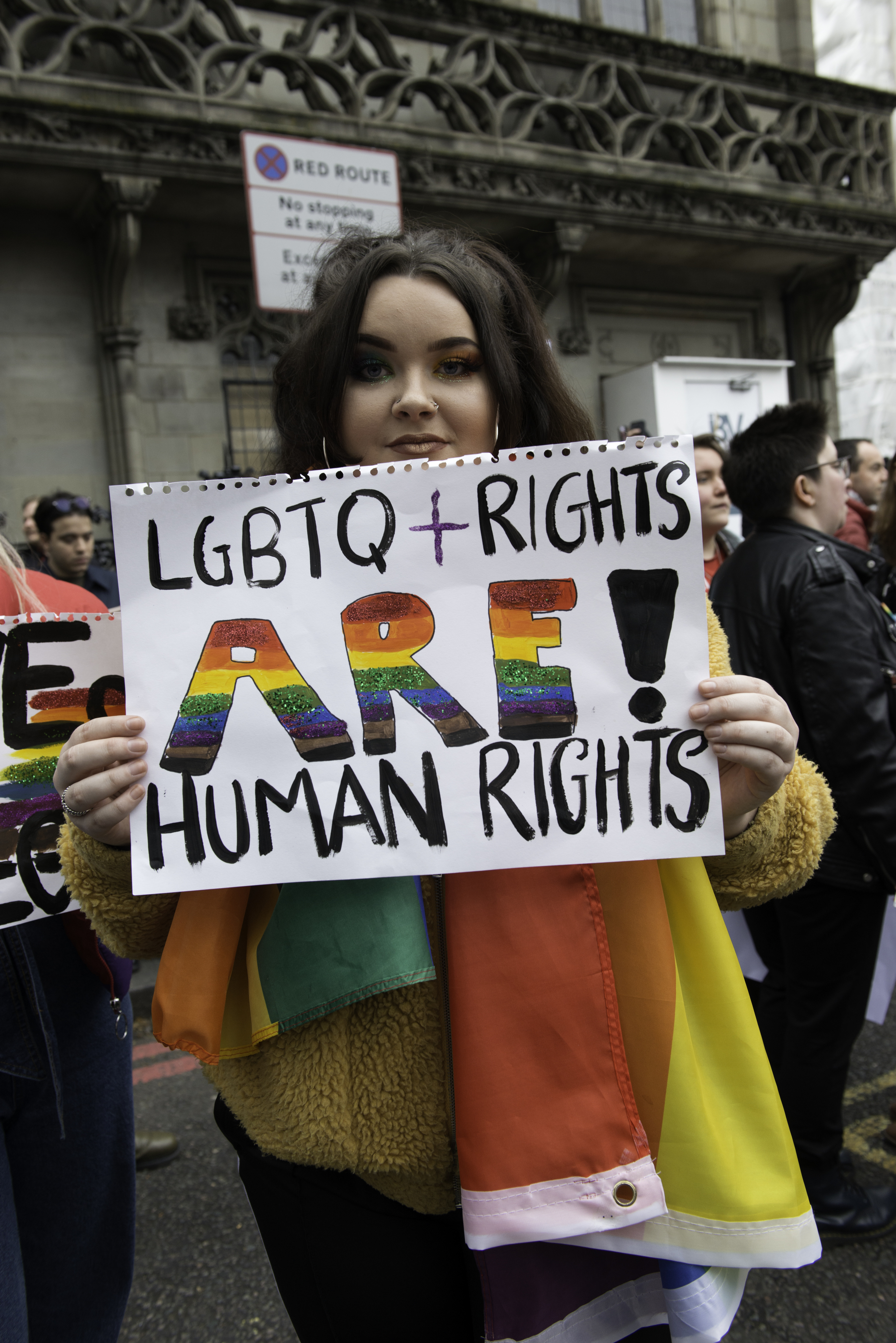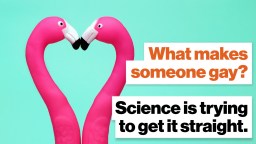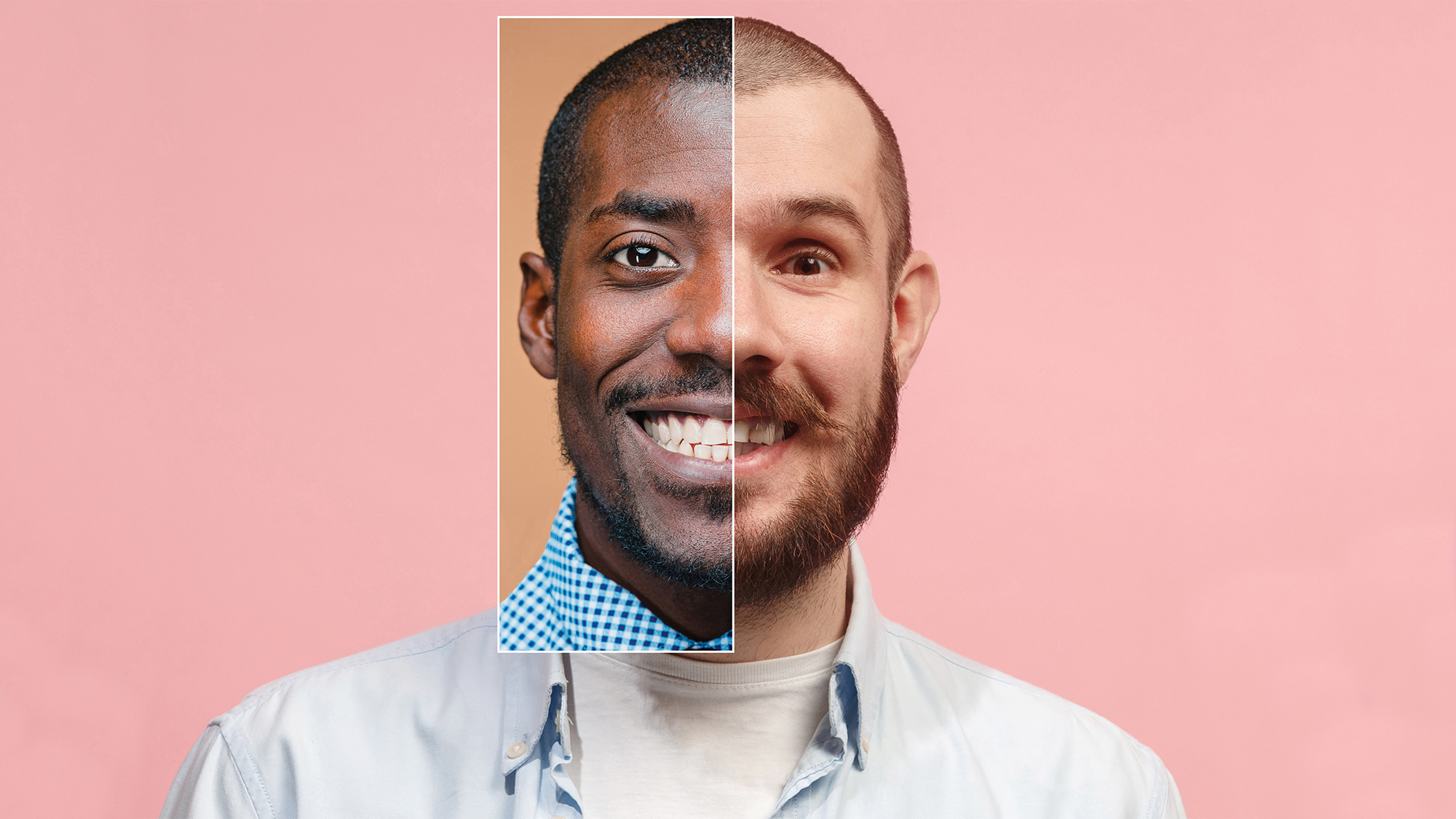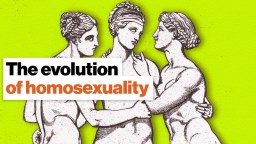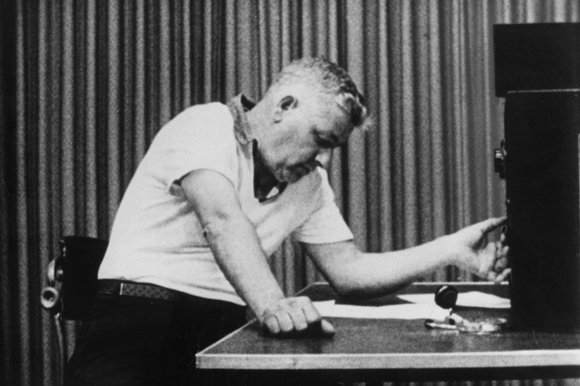lgbt
There are pros and cons to owning a pet as a marginalized individual.
Mexico City, already progressive, takes more steps to protect its LGBT+ citizens.
Gender and sexual minority populations are experiencing rising anxiety and depression rates during the pandemic.
Sexuality is fluid and it’s important that people get to define it for themselves.
Striving for diversity is honorable — but the focus should settle on something much deeper than phenotypic traits.
▸
4 min
—
with
Or is “the hidden orientation” more complex than that?
No matter how arbitrary the distinction, human beings take affiliation very seriously.
▸
5 min
—
with
Taking the fourth spot on Big Think’s 2019 top 10 countdown is the question: Evolutionarily speaking, is being gay still something of an enigma?
▸
10 min
—
with
Sally Susman explains how to use truth-telling moments to your future benefit.
▸
2 min
—
with
Do you know the implicit biases you have? Here are some ways to find them out.
The surprising results come from a new GLAAD survey.
Among women, bisexuality is statistically on the rise.
In most states, LGBTQ Americans have no legal protections against discrimination in the workplace.
Evolutionarily speaking, being gay is still something of an enigma
▸
10 min
—
with
The study suggest implicit biases can change significantly over a relatively short timeframe.
How did human homosexuality evolve?
▸
4 min
—
with
A study suggests people act aggressively on their prejudices when they have plausible deniability.
